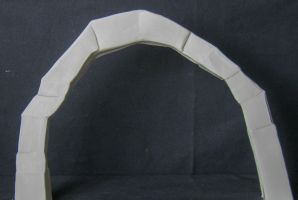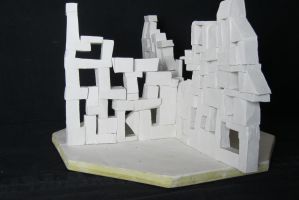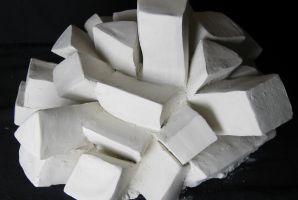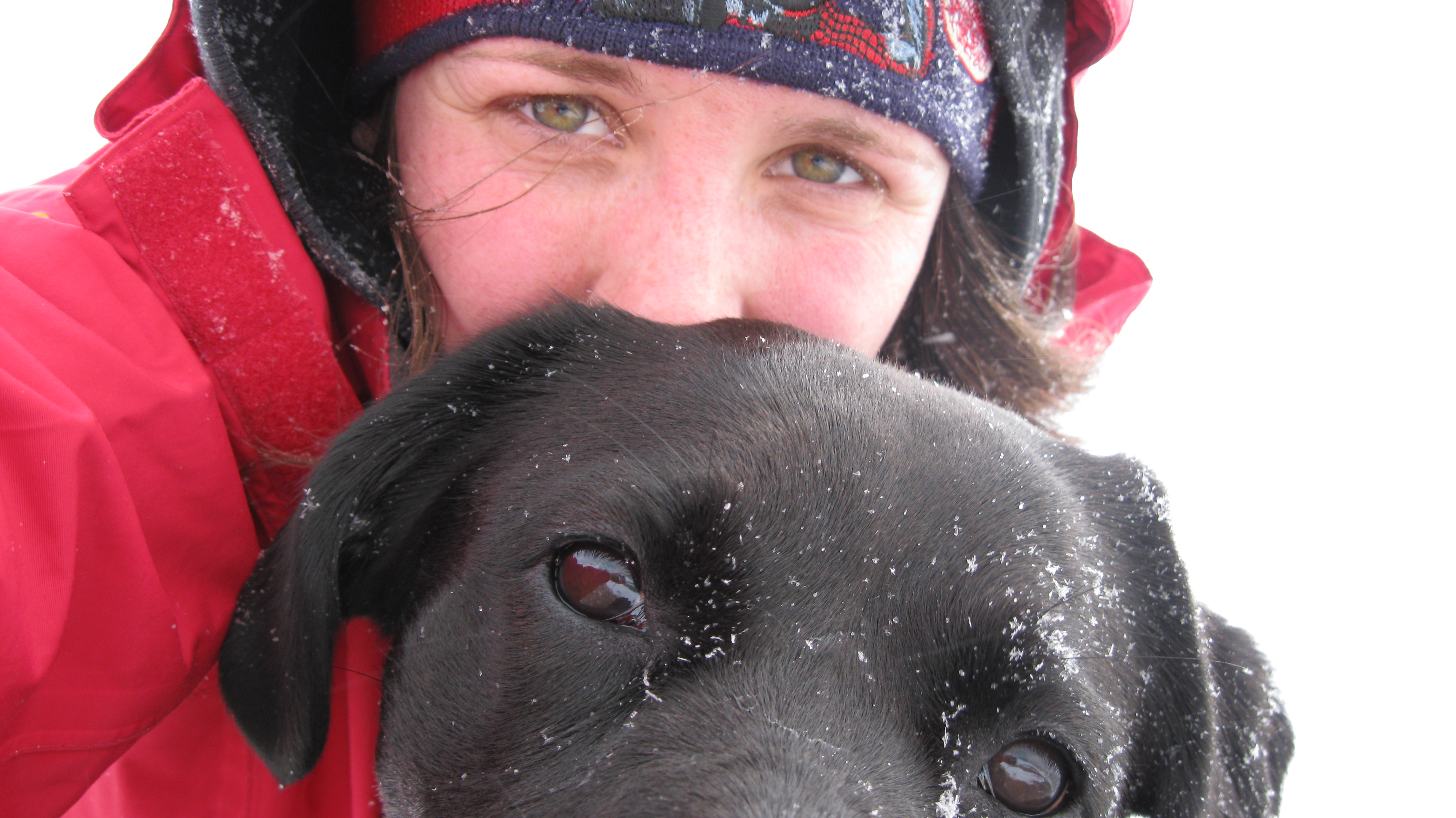- 2-D animation
- 3-D animation
- Abstract
- Abstract Painting
- Alt. process photography
- Animation
- Architect
- Archivist
- Art History
- Arts Writer
- BFA
- Blacksmith
- Book arts
- Book Illustration
- Branding
- Calligraphy
- Caricature
- Carpentry
- Ceramic
- Collaborative/collective
- Collage
- Color Photography
- Comics
- Commercial Photography
- Commission
- Community art
- Concept Art
- Conceptual
- Construction
- Copy photography
- Curator
- Development
- Digital 3-D modeling
- Digital Fabrication
- Digital Media
- Digital Photography
- Documentary
- Eco-Art
- Editor
- Editorial photography
- Engraving
- Etching
- Event photography
- Fab Lab
- Fashion
- Feminist
- Fiber
- Fiber Art
- Figure
- Film
- Film Photography
- Freelance
- Furniture Design
- Gallerist
- Game developer
- Garments
- Gender
- Goldsmith
- Graphic design
- Health and medical
- Home furnishing
- Identity Design
- Illustration
- Installation
- Interactive
- Interior Design
- Interior Painting
- Jewelry
- Kinetic
- Landscape
- Landscape Architect
- Lettering
- Letterpress
- Logo Design
- Master Printer
- Mechanical drawing
- Metal Fabrication
- Metalsmithing
- MFA
- Miniature
- Model
- Model maker
- Monotype
- Mural
- Mural Artist
- Music
- Packaging Design
- Painting
- Performance art
- Photography
- Porcelain
- Portrait
- Portraiture
- Preparator/ Art Handler
- Printmaking
- Product Design
- Public Art
- Public Engagement
- Representational
- Restoration
- Robotics
- Screenprinting
- Sculptor
- Sculpture
- Sign painter
- Social media
- Social Practice
- Soft Sculpture
- Stone
- Stop Motion Animation
- Street Art
- Surface Design
- Teaching artist
- Textile
- UI Design
- Video
- Visual Identity
- Web Design
- Wedding photography
- Window display
- Woodcut
- Woodworking
- Writer
Transmutation
Connect me with dasha kalisz
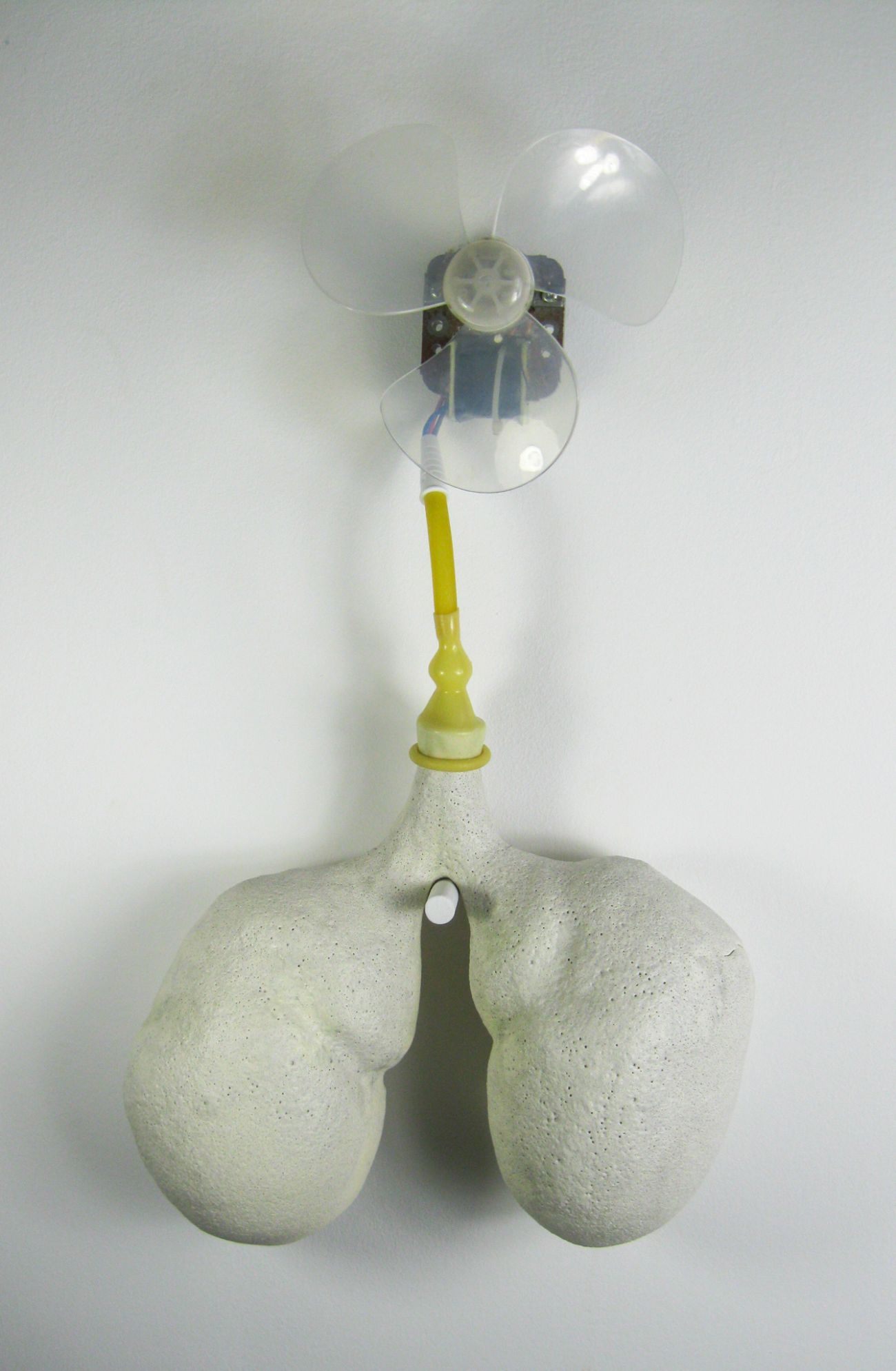
Breathe, Deconstructed fan and porcelain, 19 x 11.5 x 4 in.
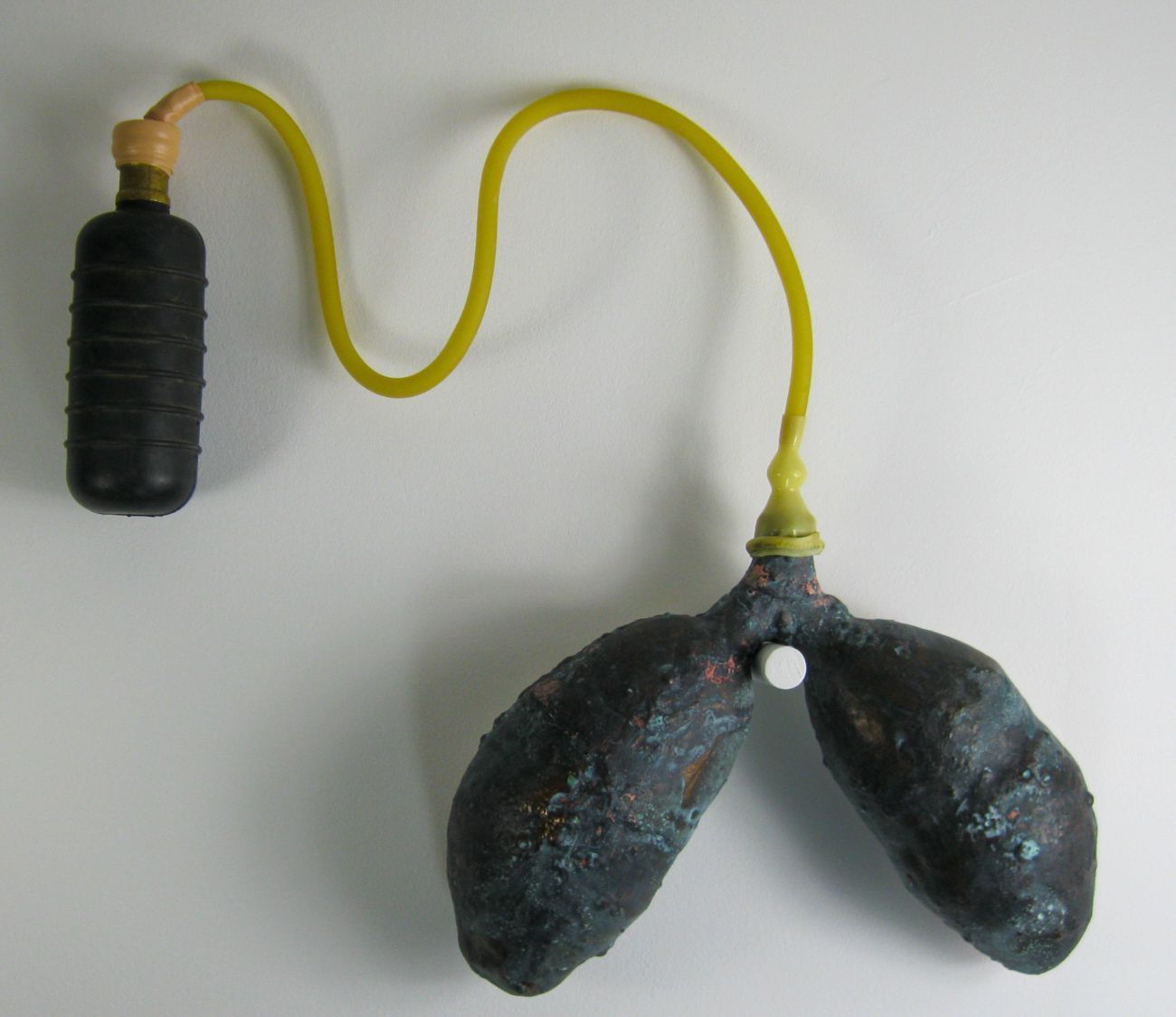
Bronze Lung, Toilet float, rubber tubing, medical tape, catheter condom, porcelain, and bronze paint with patina, 16 x 18 x 4 in.

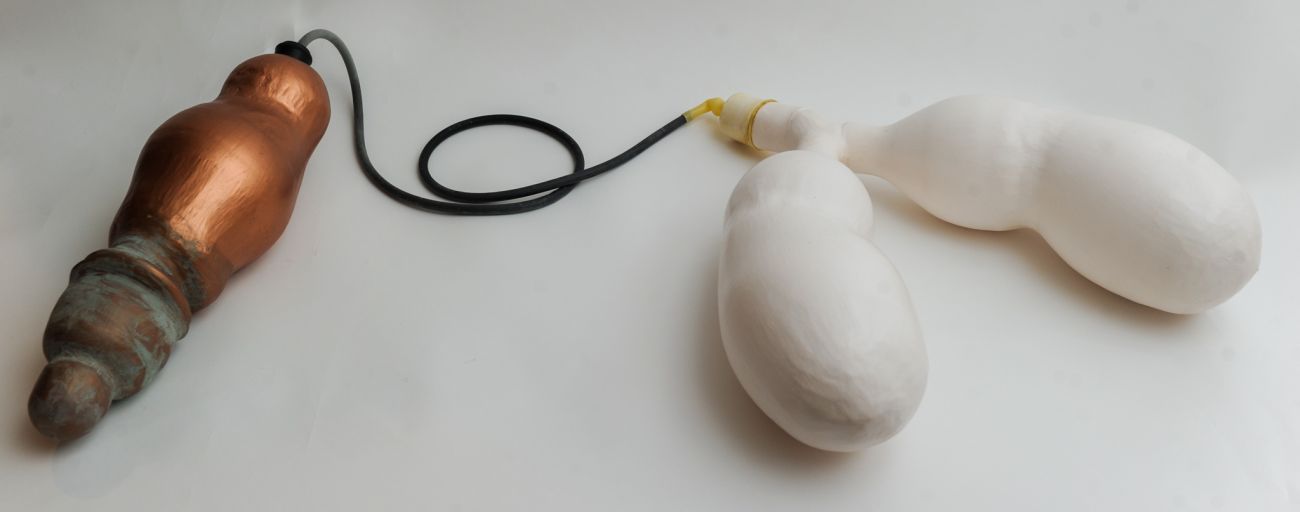
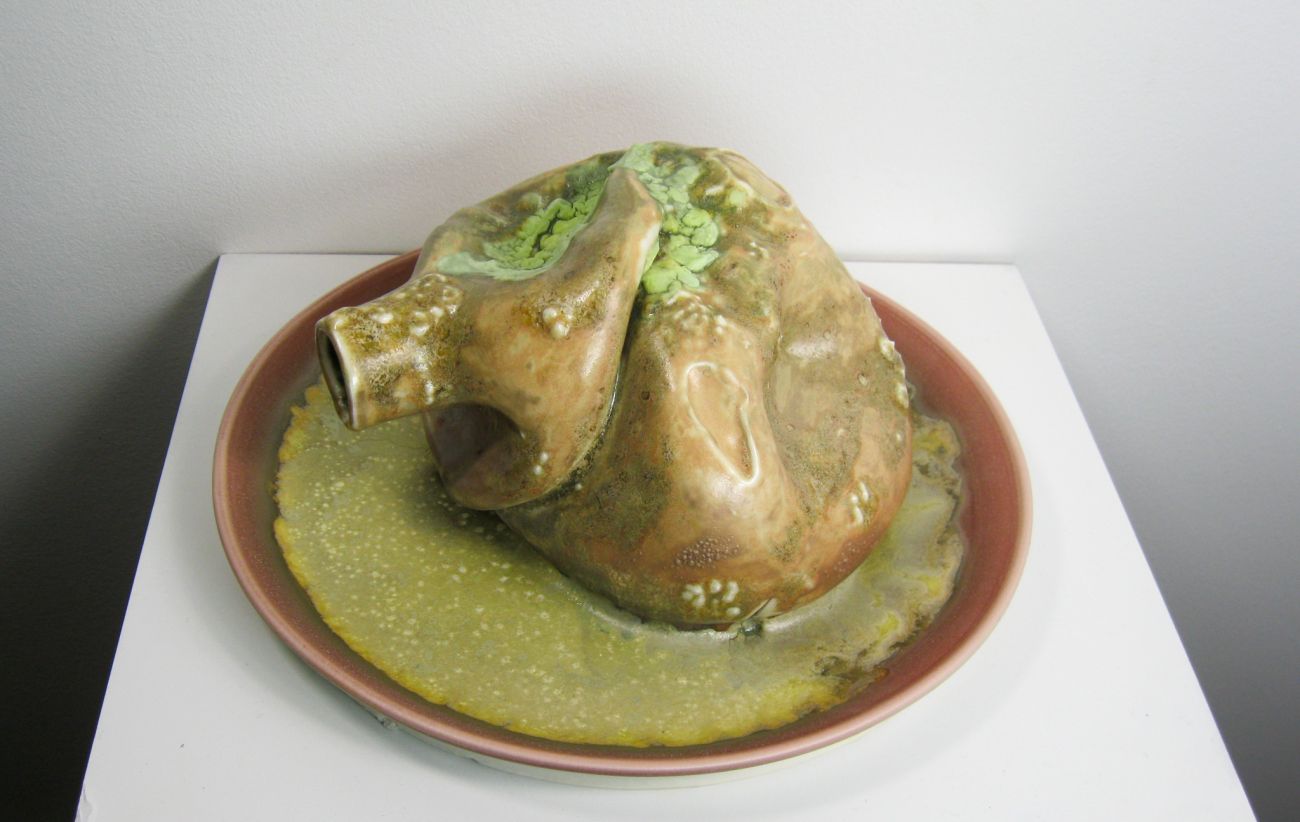
Ooze, Porcelain, 10 x 5 in.
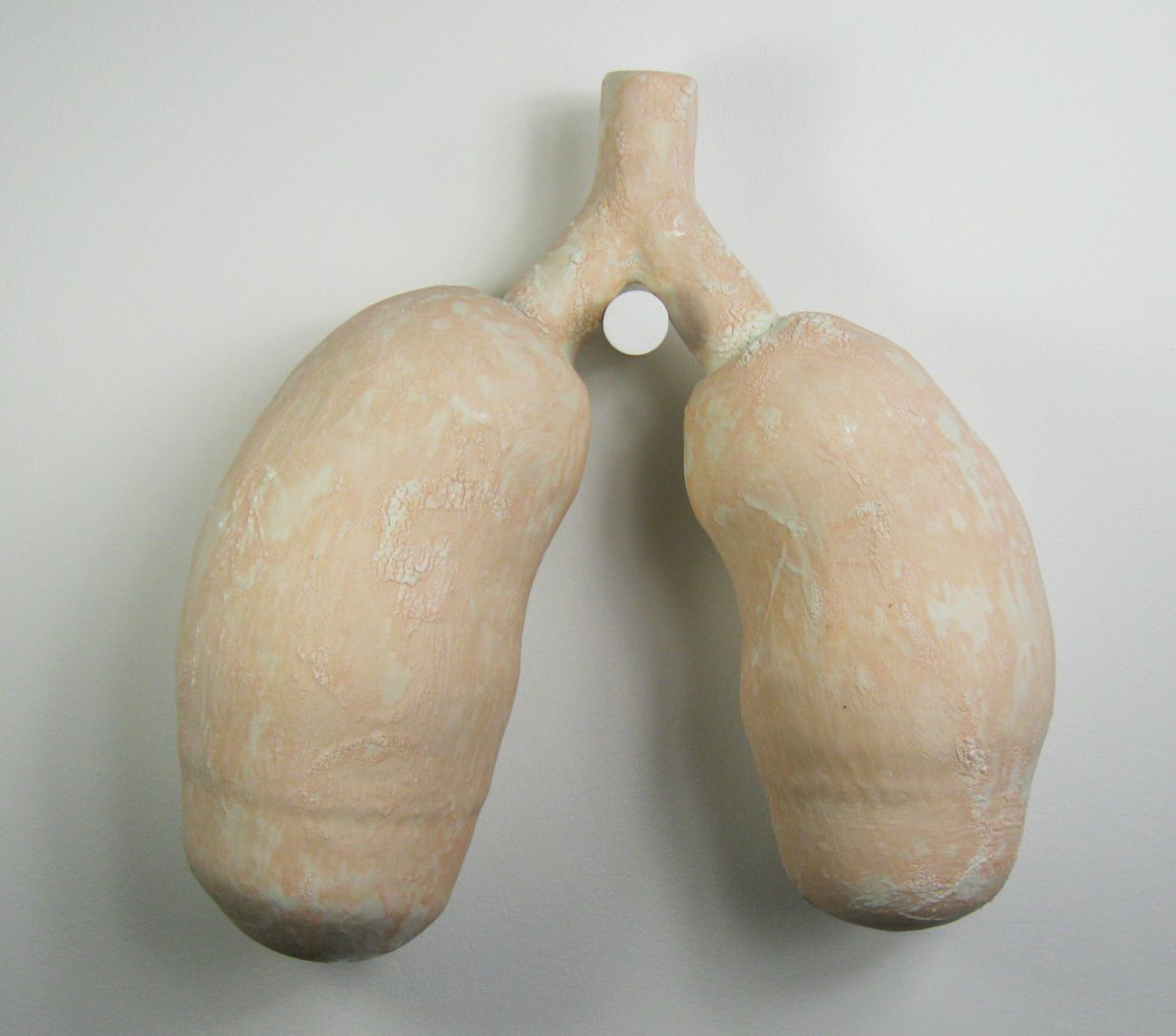
Pink Lung, Porcelain, 13 x 12 x 4 in.
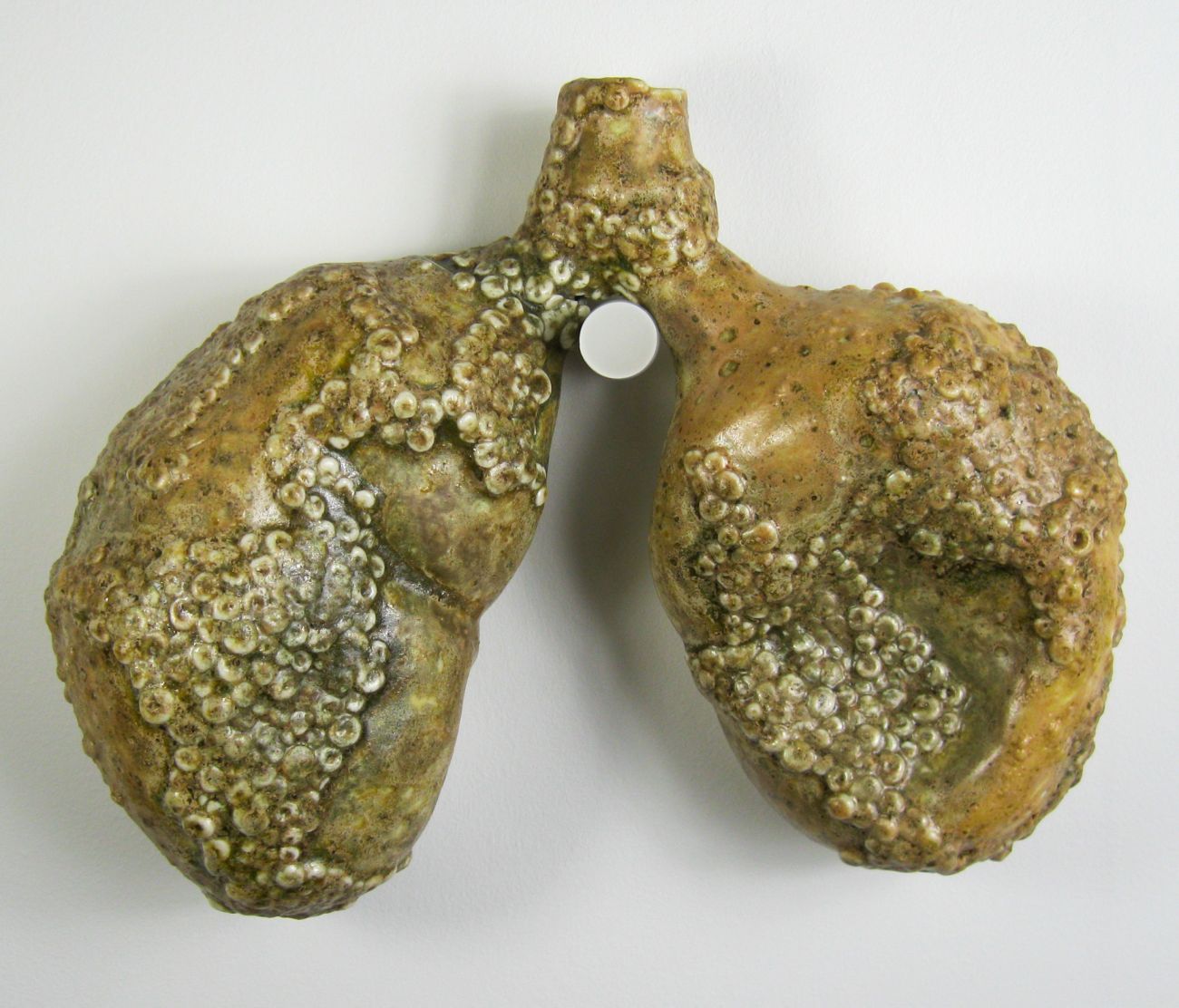
Pulmonary, Porcelain
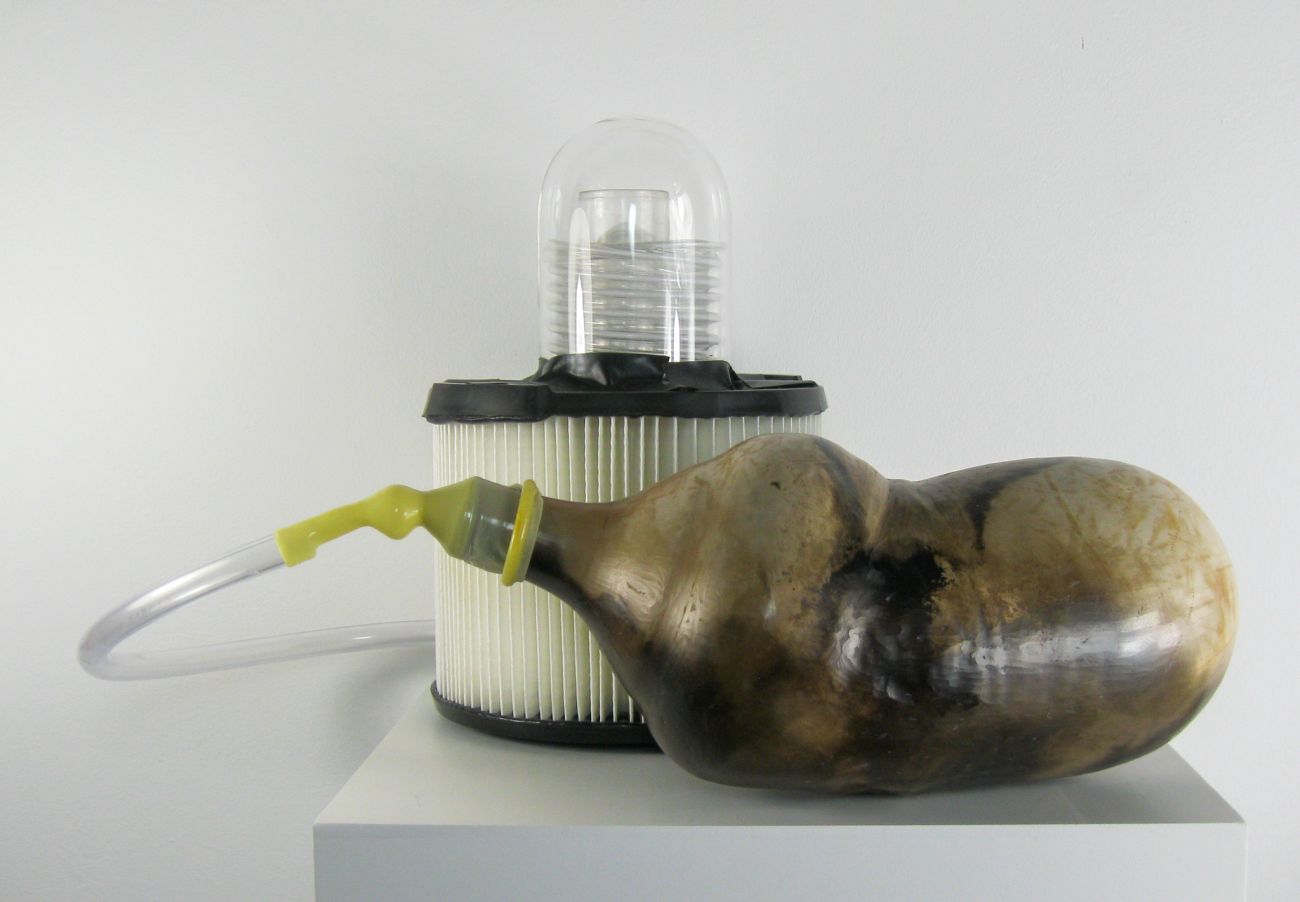
Smoke Filter Lung, Found objects and pit fired porcelain, 12 x 9 x 12 in.
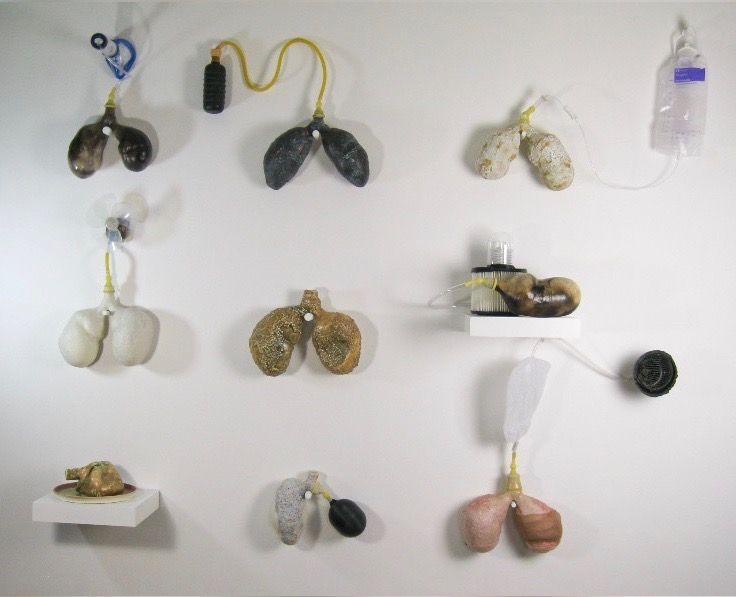
Transmutation
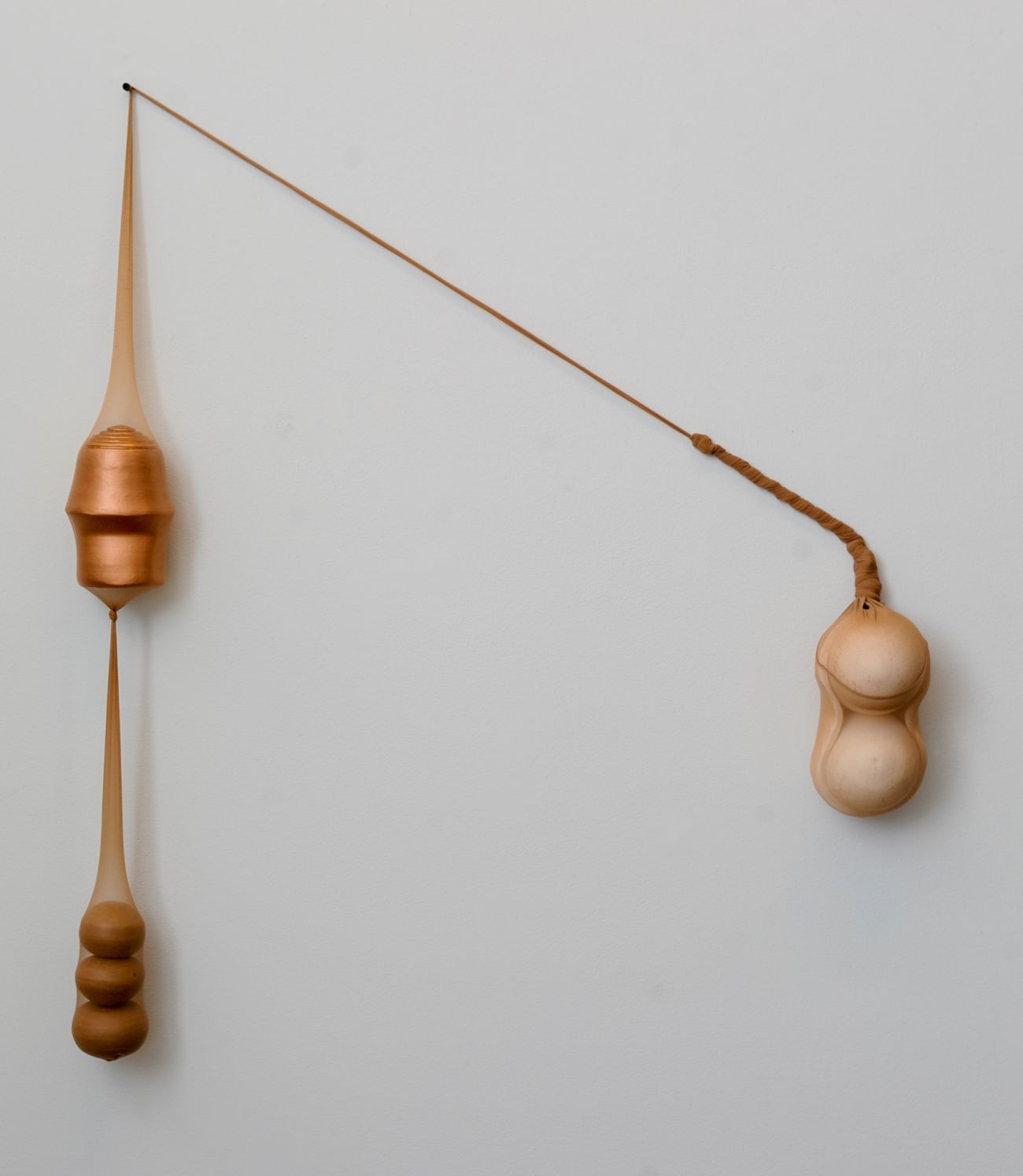
Description
The physicality of making with clay invites me to mold my thoughts and emotions into its amorphous material. The clay body meets my body, letting me physically release emotions into the cool, dense, pliable earth through pushing, pulling, burnishing, and kneading. My creative process stems from the need to think through my hands and transfer my energy into an object.
The transferring of my energy into the clay led to an investigation about how emotional states affect the body. This investigation of functional and dysfunctional body that led me to biomorphic forms, and more specifically to biomorphic lung forms.
Biomorphic shapes are recognizable and unrecognizable, just like the body. Our bodies are familiar and reliable until illness, trauma, or a disease impedes the system, making it strange and unpredictable. Biomorphic ceramic and found object sculptures of lung vessels reveal vulnerability and transmutation of the body through the organic forms and surfaces that imply sickness and decay, as well as the assemblage of found objects that suggest improvised assistance. Skin diseases like smallpox, shingles, and psoriasis were the inspirations for the surfaces of the ceramic sculptures. The found objects like toilet bowl floats, tubing, and masks imitate antique and modern medical equipment. The appropriation of found objects into makeshift medical equipment reveals the secrets of the liminal spaces between human biology and mechanical mechanisms.
The viewer recognizes the altered organ and sympathizes with their own body as people look for patterns and connections between themselves and the world. Through the assemblage of found objects, I lead my audience to contemplate the functionality of their body and compare it to objects in the world. As Merleau-Ponty once wrote, "Visible and mobile, my body is a thing among things; it is one of them...the world is made of the very stuff of the body."

